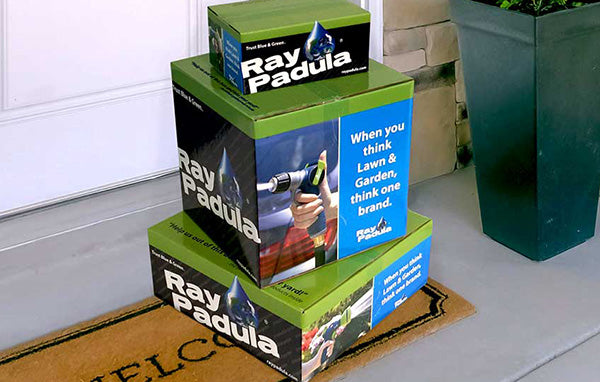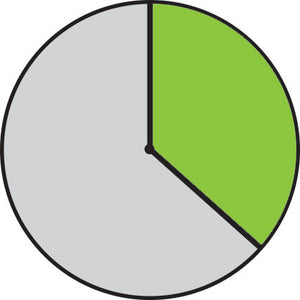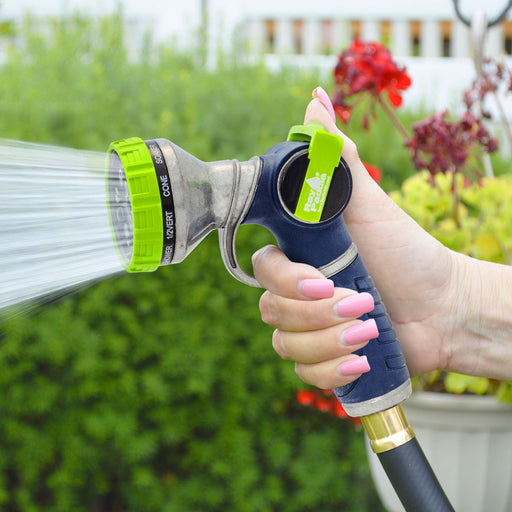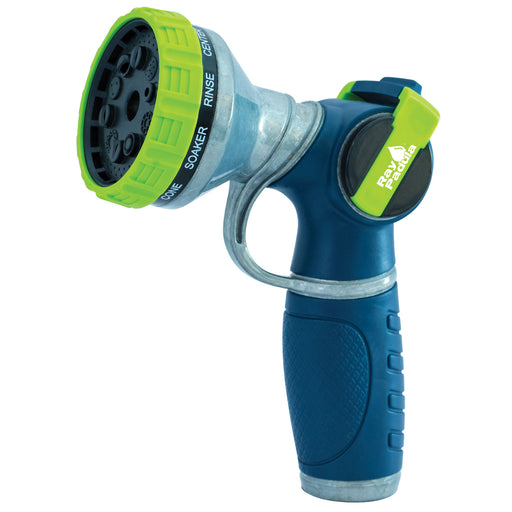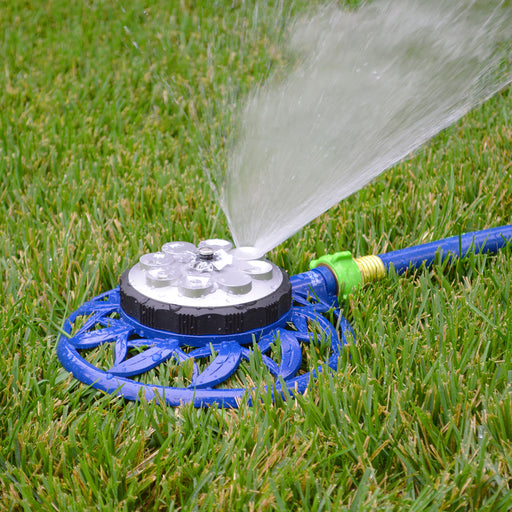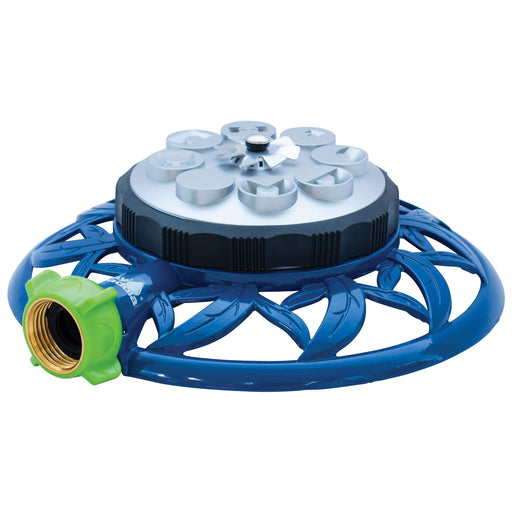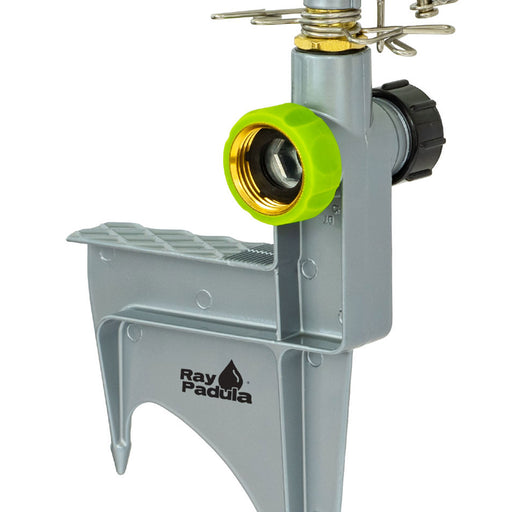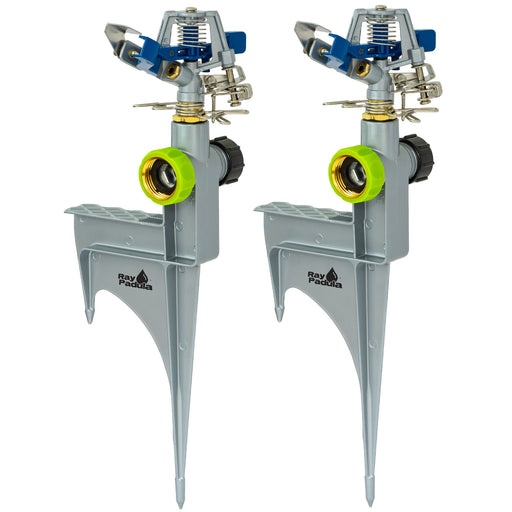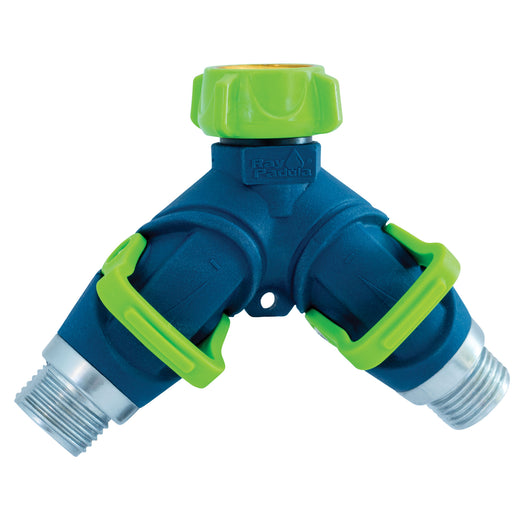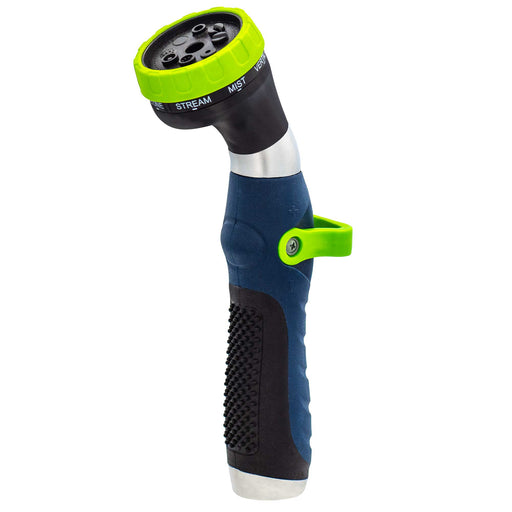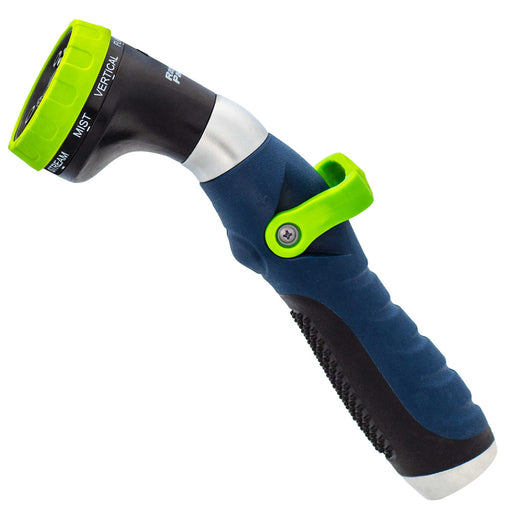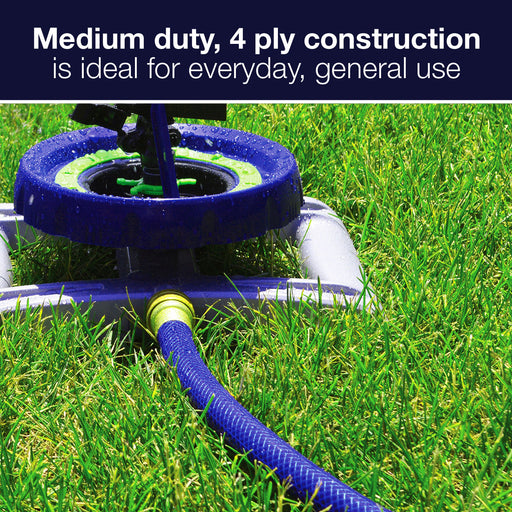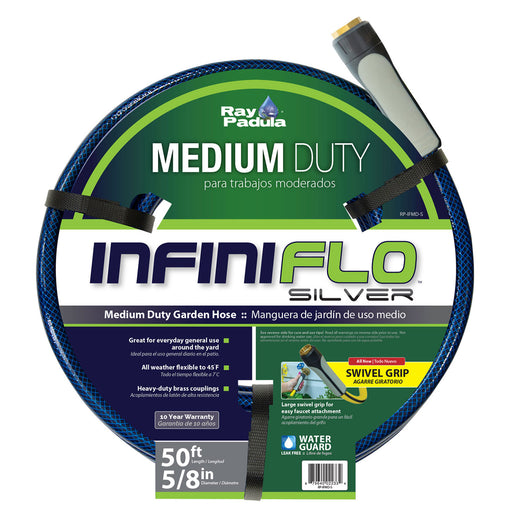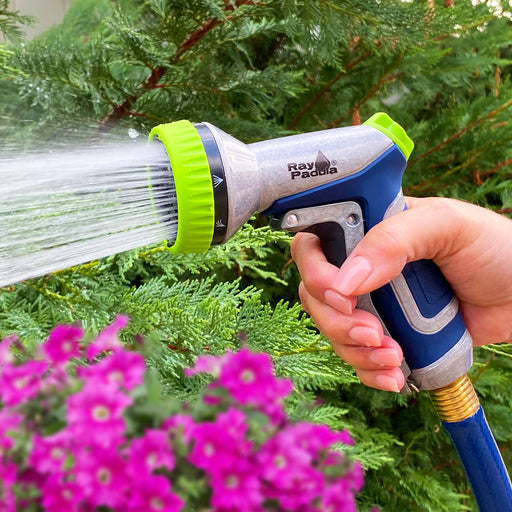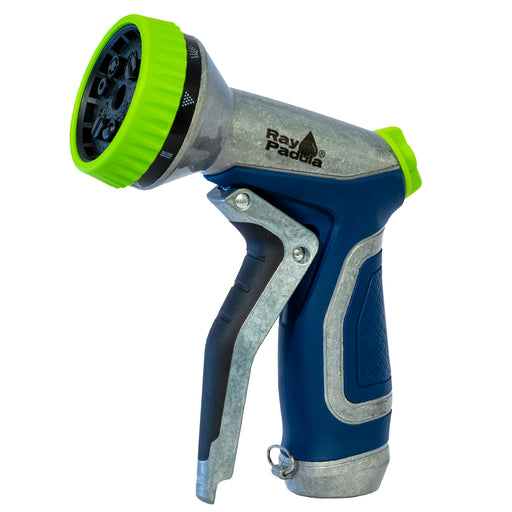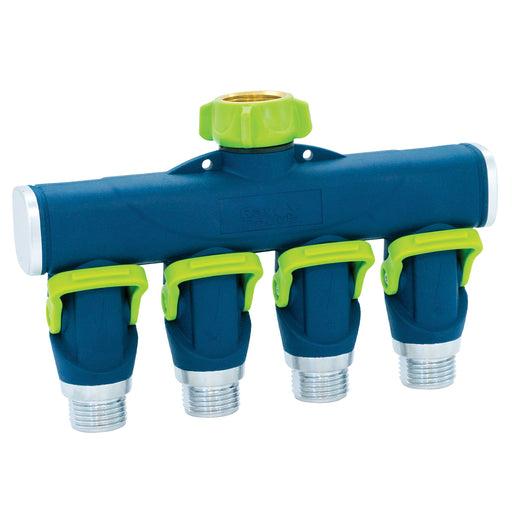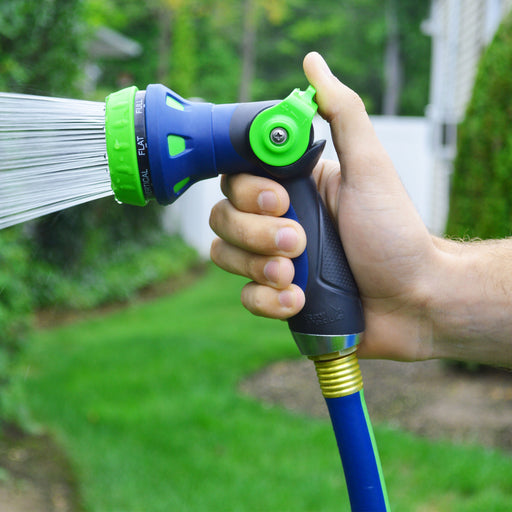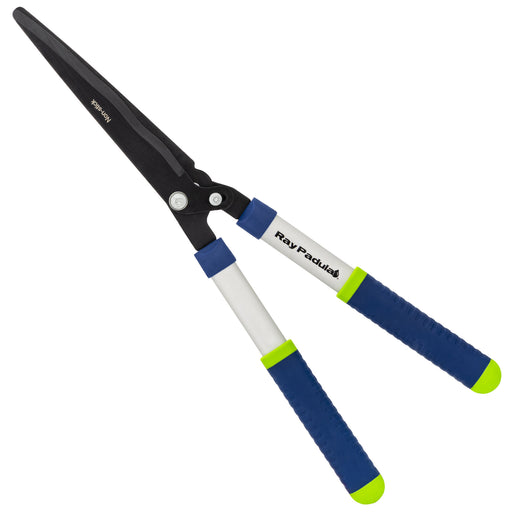What is Overseeding?
Overseeding is the practice of adding grass seeds to your current lawn without turning the soil. It is an excellent way to thicken existing turf, fill in bare spots, establish better grass varieties and generally enhance the overall appearance of your lawn. If your lawn looks old, needs way more water and fertilizer to look decent, or is showing some thin or bare spots, then it's an ideal candidate for overseeding.

How to Overseed Your Lawn In Steps
It's always advisable to work with a lawn care expert as you overseed your lawn as they would know the perfect grass types and variety for your region and existing lawn. You can also find this information by visiting your local garden center or nursery. It's easy to overseed your lawn by following these steps:
Step 1: Prepare Your Lawn
For successful seed germination and growth, it's important to prep your existing lawn. Aeration is the first step. Start by inspecting your lawn for thatch (dead grass clippings stuck in-between or at the base of existing blades), as well as any dead grass spots. Thatch and dead grass spots will prevent good seed contact with the soil. Once your lawn is aerated and thatched, next, cut the the grass using a lower than usual blade setting on your mower. Next, rake your lawn where needed to remove any remaining grass clippings and thatch.
Step 2: Seeding
While seeding, make sure to purchase and use a grass variety for your region and climate, as well as your yard conditions. There is a wide variety of grass blends, as well as seed that's best for full sun, sun and shade, and shady areas. Once you have your grass seed, spread the seed evenly on your lawn using a broadcast spreader (for larger areas), or a handheld spreader (for smaller areas).
Step 3: Maintenance
Once seed has been applied, thoroughly water your lawn. Regular watering will be crucial for proper seed growth, especially in the first few weeks. It's recommended to water deeply to encourage root growth. Be sure to water your lawn daily, or twice-daily depending on temperatures, until you start to see the first grass shoots, which can take 2-3 weeks to appear. After grass germination, start to resume watering the lawn on a normal schedule with deep soakings. Be sure to avoid walking and activity on the lawn until the new seedlings have fully germinated. It's best not to mow your lawn until grass shoots and density become full and similar to your existing lawn.

Advantages of Overseeding
Overseeding new grass types and blends on an older, established lawn can help it withstand drought, disease, heavy traffic and reduce the amount of fertilizer used on your lawn. Overseeding is an easy way to add thickness, and green growth to thinning lawns, or lawns that have suffered damage during previous seasons.
Legal Disclosure:
This post is provided for informational, educational purposes only. This information is intended to provide general guidelines. Because tools, products, materials, techniques, and local codes are constantly changing, Ray Padula Holdings assumes no responsibility for the accuracy of the information contained herein and disclaims any liability for the omissions, errors, or outcomes of any projects or tasks completed. It is the responsibility of the reader to ensure compliance with all local laws, rules, codes, and regulations for any projects completed. If there are any questions or doubts regarding any elements of any information provided, consult a local, licensed professional.


